Brutalist architecture is one of those styles that people either love or hate—there’s rarely an in-between. With its raw concrete surfaces and unapologetically bold shapes, Brutalism stands out in a world of glass and steel. You’ve probably seen it before: those striking, sometimes imposing buildings that seem almost sculptural. While it may have had its heyday in the mid-20th century, Brutalism is making a serious comeback, especially in modern residential design.
The Origins of Brutalist Architecture
Brutalism emerged after World War II as cities needed affordable, functional public buildings. While Brutalism began in Europe, it spread globally, evolving into different forms based on local needs. In some regions, the style was adapted to reflect cultural influences, while in others, it became a hallmark of civic architecture. Despite its divisive appearance, Brutalism remains influential today, with a growing appreciation for its straightforward, utilitarian design.
Brutalism Architecture: A Historical Perspective
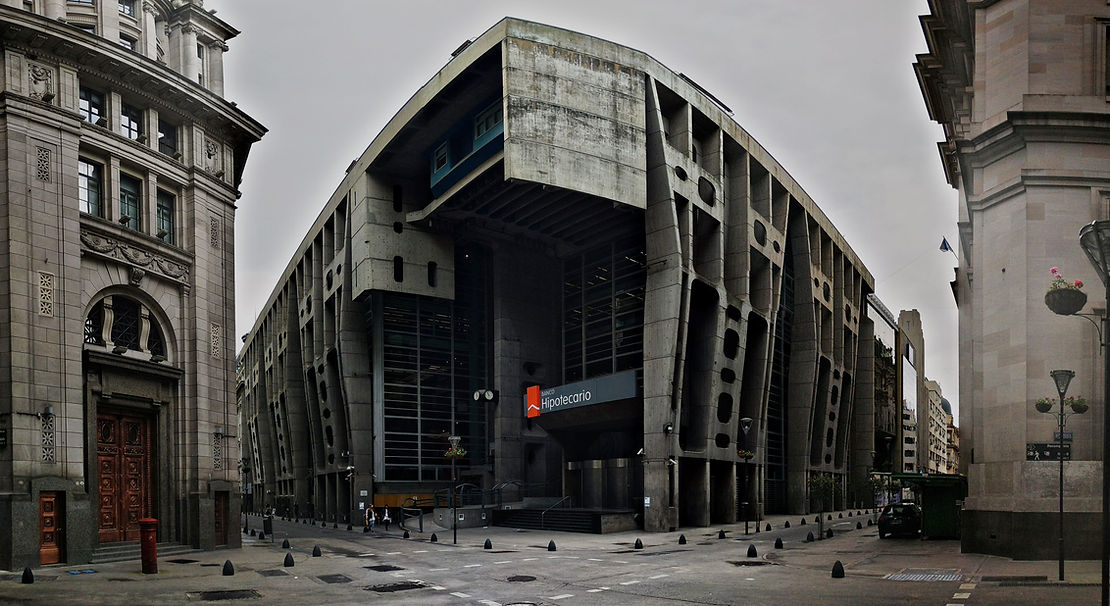
Brutalist architecture rose to prominence in the post-World War II era, when cities needed to rebuild quickly and affordably. It drew heavily from modernist principles, focusing on function and the honest use of materials. Concrete became the signature material due to its low cost and adaptability, leading to the construction of large, geometric buildings that served public needs.
The style was also a response to the social ideals of the time. Architects embraced Brutalism as a way to create structures that were both practical and symbolic of the collective good. Many brutalist buildings, such as housing complexes and universities, were designed with the idea of providing accessible, functional spaces for everyone, without the frills of traditional design.
Brutalist Buildings: Iconic Examples Across the Globe
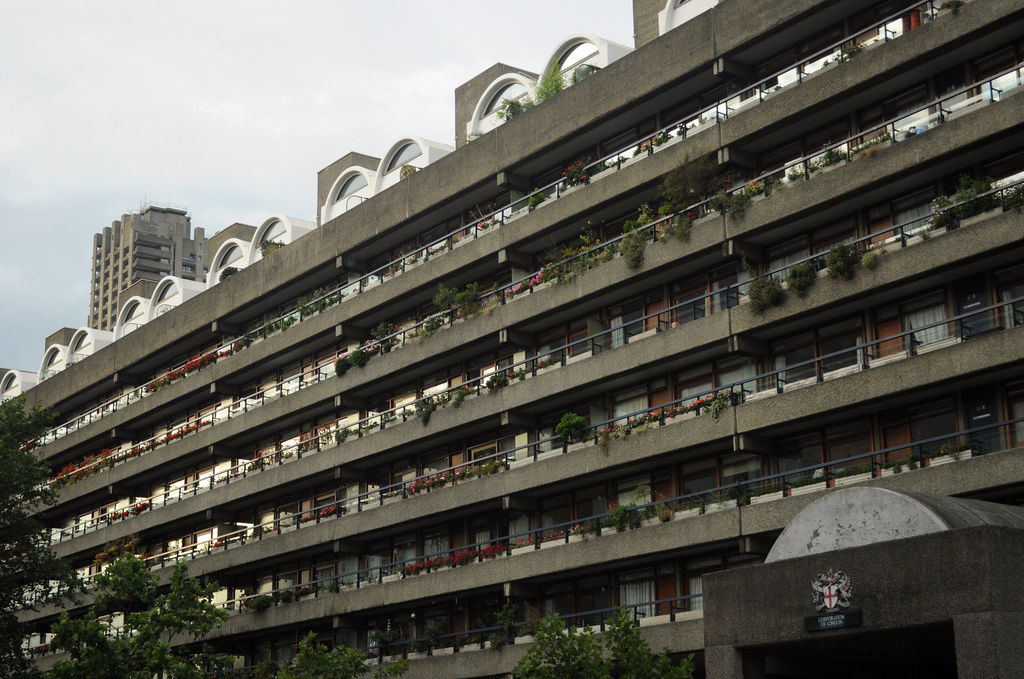
Brutalist buildings can be found all over the world, each reflecting the local context and culture. In London, the Barbican Estate is a standout example, with its concrete towers and vast residential spaces. In the United States, the Boston City Hall is a classic brutalist structure that dominates the city’s civic landscape with its bold, angular design.
Other notable examples include Habitat 67 in Montreal, a modular housing complex that showcases the versatility of concrete in innovative residential design. These buildings are celebrated for their monumental presence, even though they often divide opinion due to their imposing appearance and raw materials.
Brutalist Architecture Characteristics
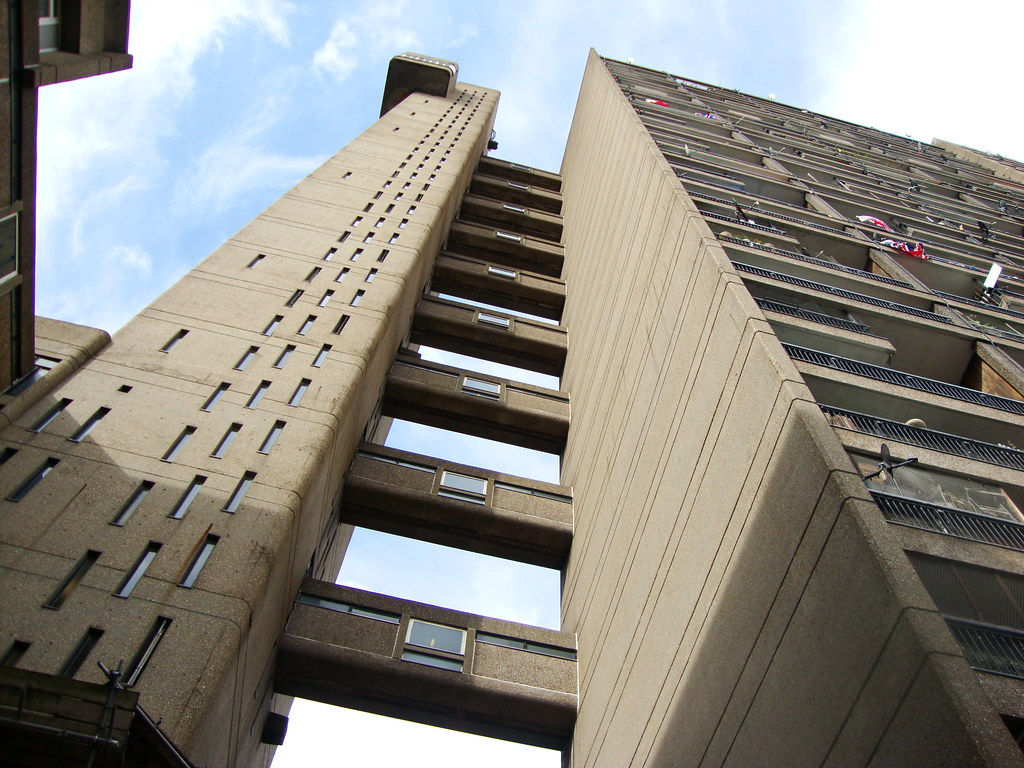
The defining feature of brutalist architecture is the use of raw, exposed concrete, known as béton brut. This material creates a strong, unadorned look that emphasizes the structure of the building. Brutalist buildings often have large, block-like forms, heavy geometries, and minimal ornamentation, which gives them their distinctive, almost fortress-like appearance.
Another key characteristic is the focus on functionality. Brutalist architects prioritized the practical use of space, which is why many of these buildings house public institutions like universities, libraries, and government offices. The style’s bold, utilitarian approach has made it both admired for its honesty and criticized for its starkness.
Famous Brutalist Architecture Examples
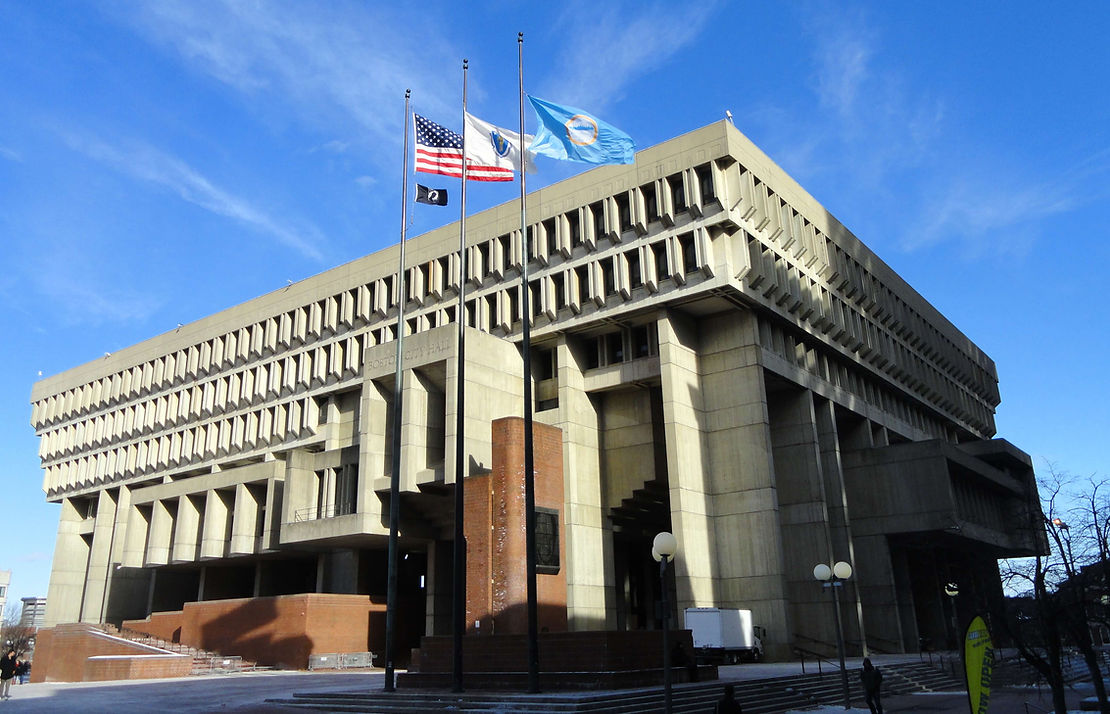
Some of the most famous examples of brutalist architecture include the Barbican Estate in London and Boston City Hall. These structures are emblematic of the style, showcasing the raw concrete and massive, geometric forms that define Brutalism. Another notable example is the Unité d’Habitation in France, designed by Le Corbusier, which stands as a testament to the functional, community-oriented roots of the style.
In residential design, Habitat 67 in Montreal offers a unique take on Brutalism. This modular housing complex blends the rough aesthetic of concrete with innovative, stacked living spaces, showing the adaptability of brutalist principles even in more intimate settings like homes.
The Appeal of Brutalist House Design
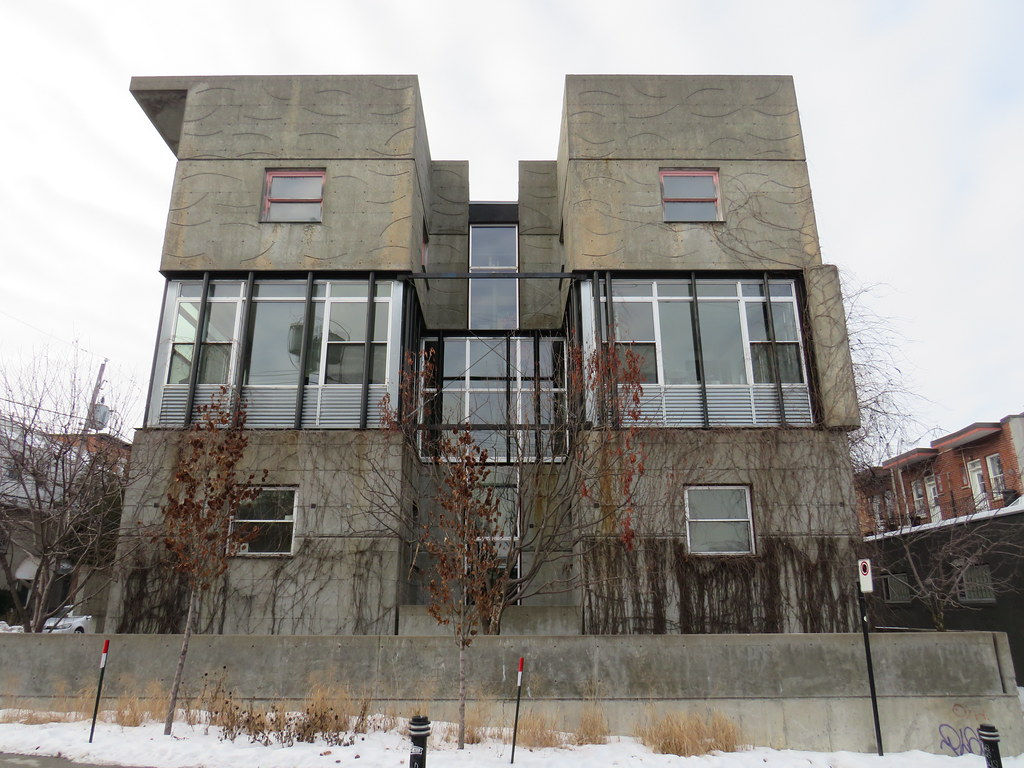
Brutalist houses are growing in popularity, especially among those who appreciate minimalist, functional design. These homes are characterized by their use of concrete, exposed materials, and clean, geometric forms. The straightforward approach to design appeals to people looking for spaces that prioritize utility without unnecessary decoration.
While brutalist houses may seem stark or cold to some, they offer a unique aesthetic that combines strength with simplicity. Many brutalist homes today incorporate modern touches, such as large windows and open floor plans, balancing the raw concrete with warmth and natural light.
The Impact of Brutalist Architecture on Modern Design
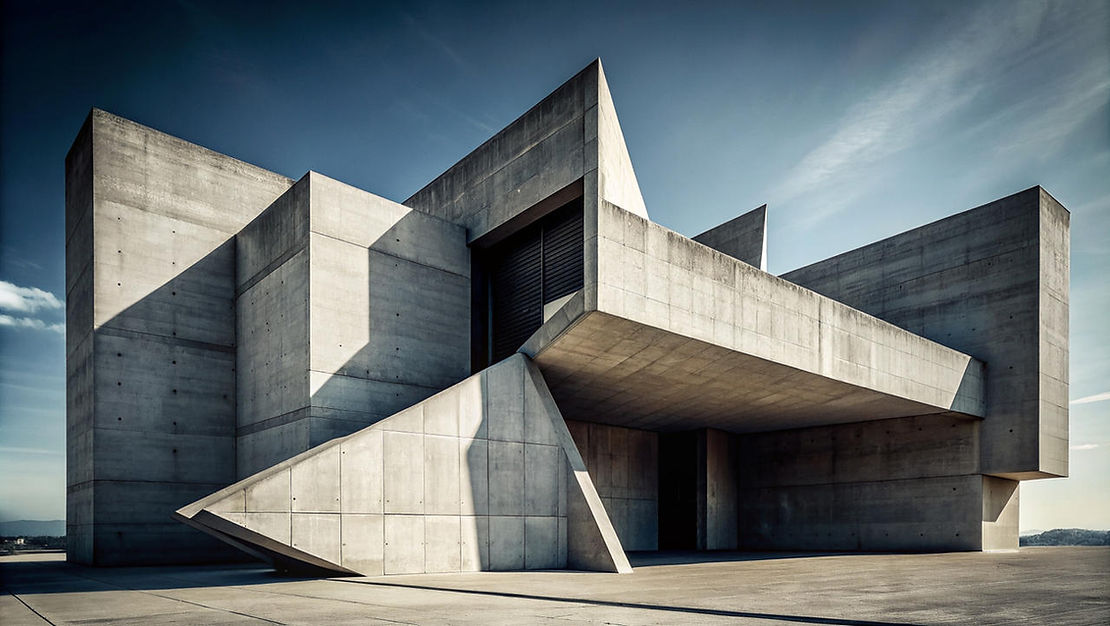
Brutalist architecture continues to influence modern design, particularly in the realm of minimalism and sustainability. Its use of raw materials and emphasis on structure over decoration have inspired contemporary architects to create spaces that are both functional and aesthetically simple. Many modern buildings borrow from Brutalism’s bold, geometric shapes and honest use of materials, adapting them to fit today’s design trends.
In addition, the principles of Brutalism align with growing interest in sustainable architecture. Brutalist structures, built with durable materials like concrete, are often seen as long-lasting and environmentally efficient. By focusing on functionality and reducing unnecessary ornamentation, modern architects can create sustainable designs that pay homage to Brutalism’s core ideals.
The Future of Brutalist Architecture
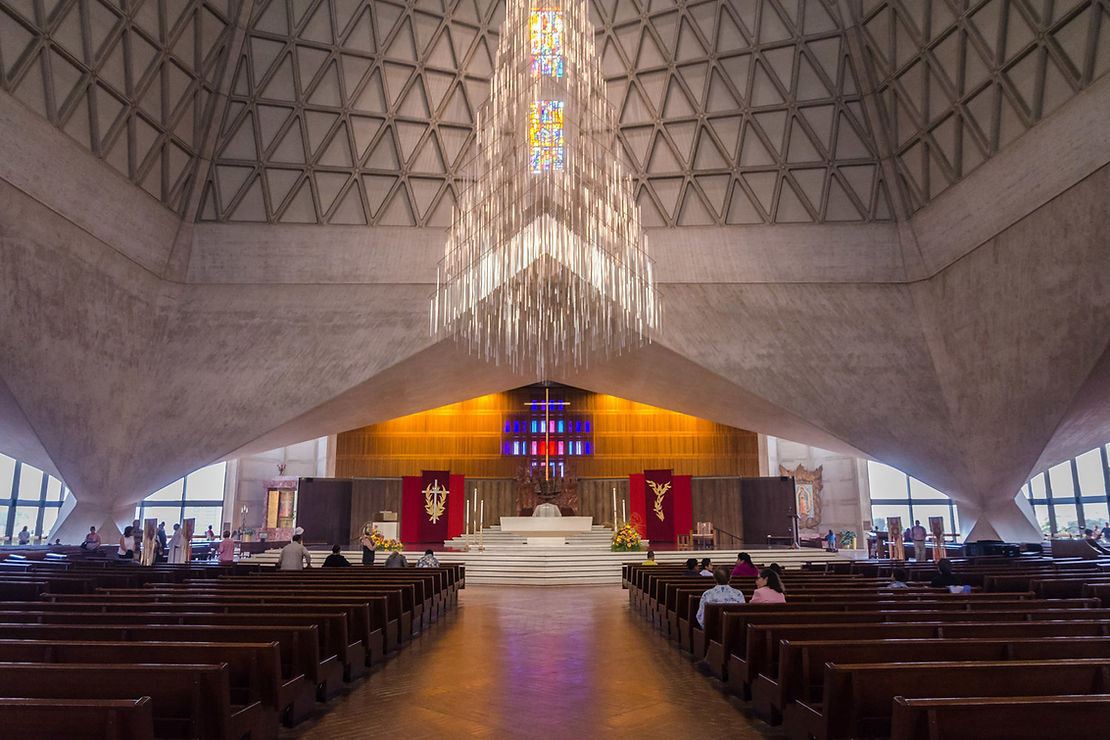
The Cathedral of Saint Mary of the Assumption
Brutalism is experiencing a resurgence in both appreciation and influence. While many of its original structures have faced criticism and even demolition, a growing movement seeks to preserve these buildings as cultural landmarks. Cities around the world are recognizing the architectural and historical significance of Brutalist structures and are investing in their restoration and preservation.
As Brutalism continues to make a comeback, especially in residential and commercial design, architects are finding new ways to reinterpret the style. This modern take on Brutalism often combines the raw aesthetic with more refined elements, creating spaces that feel both bold and welcoming. With its renewed popularity, Brutalism’s legacy in architecture seems far from over.
Criticism and Controversy Surrounding Brutalist Architecture
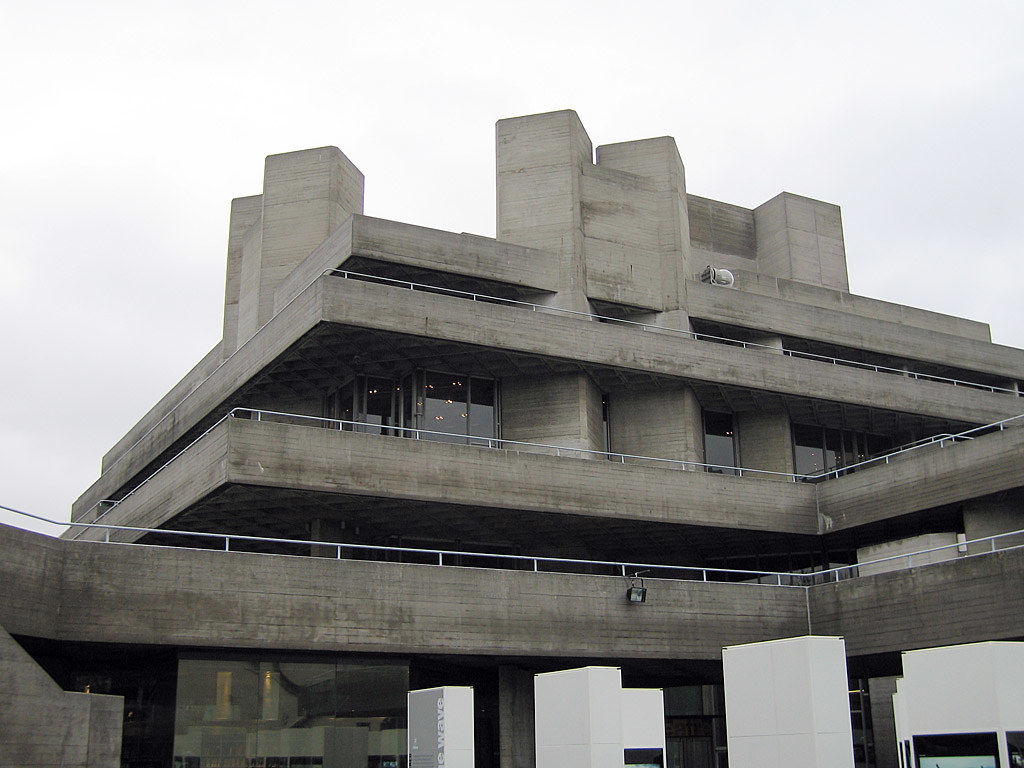
Despite its growing appreciation, Brutalist architecture has always been divisive. Many critics argue that its heavy use of concrete and imposing forms can feel cold and alienating, especially in urban settings. This has led to numerous controversies, with some advocating for the demolition of these buildings, seeing them as eyesores rather than cultural treasures.
There are also environmental concerns regarding the energy-intensive process of producing concrete, a core material in brutalist architecture. However, proponents argue that the durability and long lifespan of these buildings offset the initial environmental impact, making them more sustainable in the long run compared to less durable structures.
Conclusion: Is Brutalist Architecture Here to Stay?
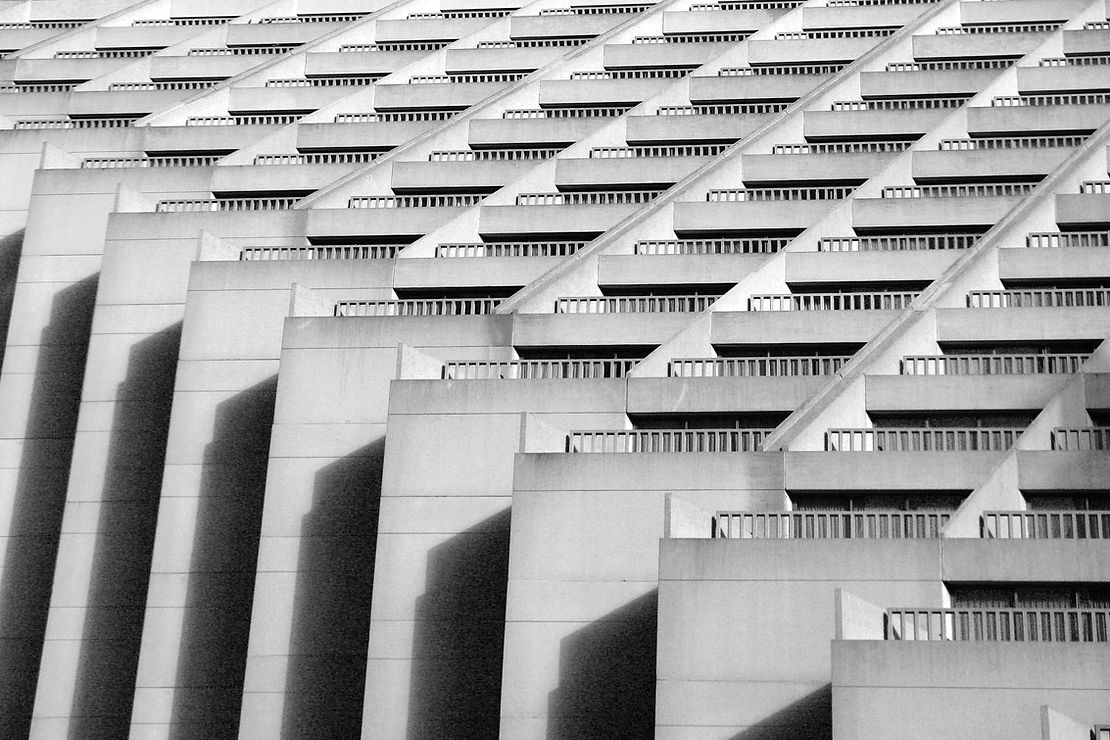
Brutalist architecture, with its raw materials and functional design, has certainly made its mark on the architectural world. Though it remains controversial, its influence on modern design is undeniable. As appreciation for the style grows and new interpretations emerge, it’s clear that Brutalism is not only a relic of the past but also a design philosophy with lasting relevance.
Whether loved or hated, Brutalist architecture continues to challenge and inspire, proving that bold, utilitarian design will always have a place in the architectural landscape.
FAQ’s
Brutalist architecture is known for its use of raw concrete and geometric forms. It emphasizes function over ornamentation and often reveals the building’s structural elements.
Brutalism is controversial due to its stark, imposing designs. Some find the style cold and uninviting, while others appreciate its honesty and bold aesthetic.
Brutalism originated in the mid-20th century, particularly in post-war Europe. Architects sought to create practical, affordable public buildings using raw materials like concrete.
Notable brutalist buildings include the Barbican Estate in London, Boston City Hall, and Habitat 67 in Montreal. These structures are iconic examples of the style.
Brutalist architecture can be sustainable due to its use of long-lasting materials like concrete. While concrete has a high environmental cost to produce, the durability of brutalist buildings makes them more sustainable in the long run.
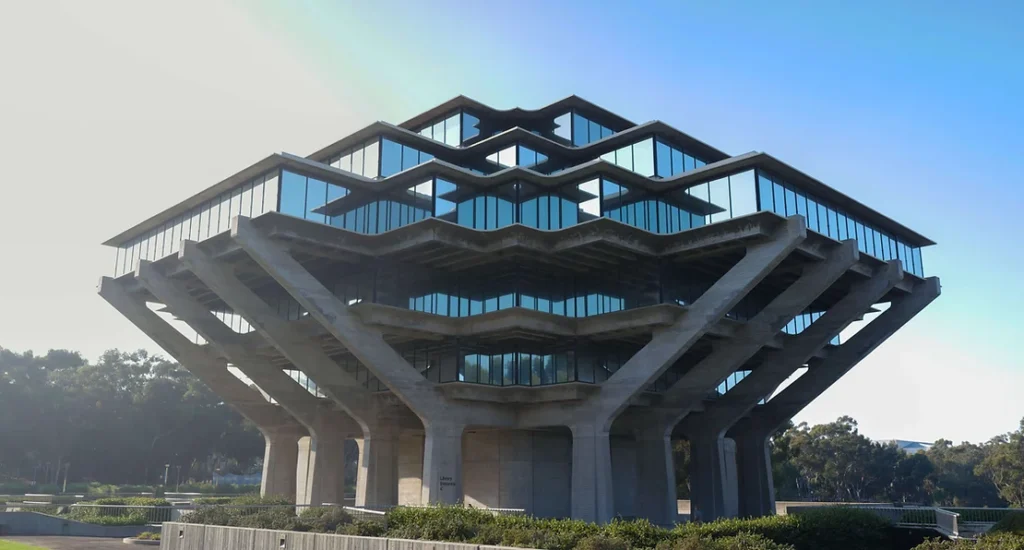
Recent Posts
15 Floor Plan Graphic Styles That Will Elevate Your Presentation Game
The Role of Shadows in Architectural Storytelling
When Furniture Becomes Architecture: Blurring the Line